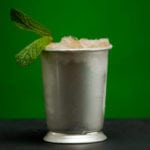 Weird Stuff
Weird Stuff  Weird Stuff
Weird Stuff  Animals
Animals 10 Inspiring Tales of Horses Being Human
 Mysteries
Mysteries Top 10 Haunting Facts About the Ghost Ship MV Alta
 History
History 10 Surprising Stories About the Texas Rangers
 Humans
Humans 10 Philosophers Who Were Driven Mad by Their Own Theories
 Miscellaneous
Miscellaneous 10 Video-Game-Worthy Weapons and Armors from History
 Weird Stuff
Weird Stuff 10 Psychics Who Accurately Predicted Wartime Events
 The Arts
The Arts 10 Pieces of Art Inspired by a Broken Heart
 Health
Health 10 Science Fiction-Sounding New Medical Treatments
 History
History 10 Surprising Facts About the Father of Submarine Warfare
 Weird Stuff
Weird Stuff 10 Times Real Laws Were Based on Bizarre Hypotheticals
 Animals
Animals 10 Inspiring Tales of Horses Being Human
 Mysteries
Mysteries Top 10 Haunting Facts About the Ghost Ship MV Alta
Who's Behind Listverse?

Jamie Frater
Head Editor
Jamie founded Listverse due to an insatiable desire to share fascinating, obscure, and bizarre facts. He has been a guest speaker on numerous national radio and television stations and is a five time published author.
More About Us History
History 10 Surprising Stories About the Texas Rangers
 Humans
Humans 10 Philosophers Who Were Driven Mad by Their Own Theories
 Miscellaneous
Miscellaneous 10 Video-Game-Worthy Weapons and Armors from History
 Weird Stuff
Weird Stuff 10 Psychics Who Accurately Predicted Wartime Events
 The Arts
The Arts 10 Pieces of Art Inspired by a Broken Heart
 Health
Health 10 Science Fiction-Sounding New Medical Treatments
 History
History 10 Surprising Facts About the Father of Submarine Warfare
10 Things You Didn’t Know About The Apollo Moon Landings
From 1968 to 1972, the United States sent a handful of men to the Moon. Twelve of them actually got to walk on it. Since then, nobody has been back. As the years passed, much of what those men did while they were up there has either been forgotten by an uninterested general public, or ignored by people who didn’t really care in the first place. Most people know that Neil Armstrong was the first to actually walk on the Moon, and many can even recite the famous words that followed his first step.
And thanks to the popular movie, many are familiar with the fate of the Apollo 13 mission, which miraculously made it back to Earth after an on-board explosion. However, there are still tons of interesting facts about the things these men said and did during their historic journeys. Here a few of the more obscure ones for enthusiasts and casual fans alike.
10 The American Flag
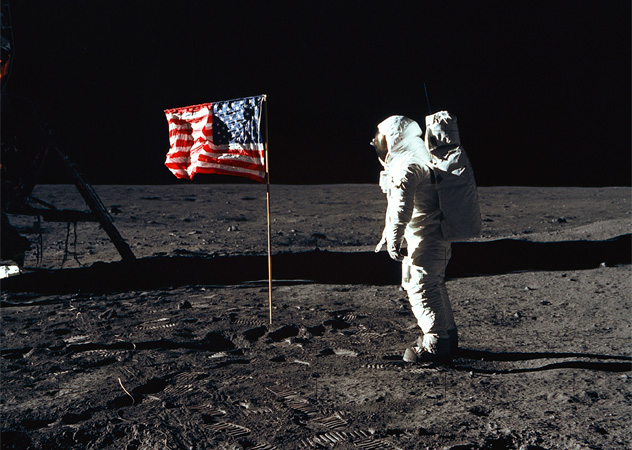
One of the iconic images of the first lunar landing is that of Buzz Aldrin standing next to an American flag. However, the sad fate of that flag was that it was knocked over a few hours later when he and Neil Armstrong took off to head back to the command module. After Aldrin hit the button to fire the rocket, he looked out the window and watched as the rocket blast blew everything away, including the famous flag.
Interestingly, the flags that are still standing on the Moon, placed there by astronauts who walked far enough away for them to avoid being knocked over by the rocket blast, have all turned white. After being bombarded with unfiltered sunlight and radiation for more than 40 years, they have lost their red, white, and blue.
9 Unauthorized ESP Experiments

During the Apollo 14 mission, unbeknownst to his bosses in Houston—or even his crewmates in the spaceship—Edgar D. Mitchell conducted several unscheduled experiments in extrasensory perception. During the wee hours of their sleeping time while traveling to and from the Moon, Mitchell would focus his mind intensely on a series of symbols that are commonly used in ESP trials. He and a group of physicians in Florida had arranged the sessions in advance, hoping to gain insight into whether thoughts could be transmitted over thousands of miles of space. The results were inconclusive at best.
As it turns out, Mitchell and his partners on Earth were probably out of sync during most of the experiments. However, the results were published in the 1971 edition of The Journal of Parapsychology, for what it’s worth.
8 Crying
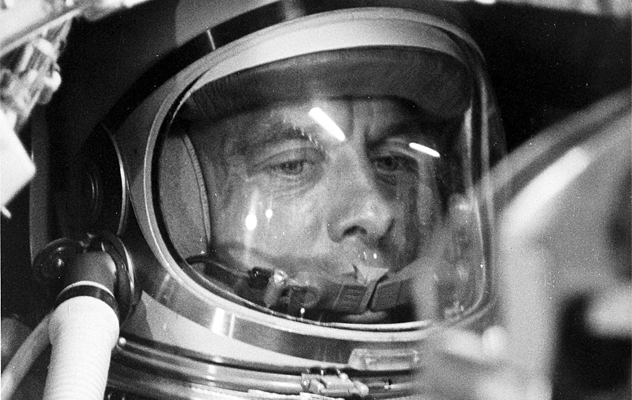
When we think of the stereotypical chisel-featured men who made up the early space program, we would never imagine them blubbering all over themselves and wiping tears away, especially not Alan Shepard. Shepard is truly one of America’s unsung astronauts. Not only was he the first American in space, but at age 47 he was also the oldest person to ever walk on the Moon. After being grounded from the space program years earlier because of an inner ear disorder, Shepard vowed to fight through it and get back in the game. His time finally came in early 1971 when he was put in command of the Apollo 14 mission.
Most people remember when he fashioned a makeshift golf club out of a digging tool and smacked the longest drive in history (“miles and miles”), but what many don’t know is that the old man was unable to contain his emotions as he took his first steps on the lunar surface. Alan Shepard cried while standing on the Moon. After all he had been through, who could blame him? Too bad there was no way to wipe the tears away.
7 Lunar Communion
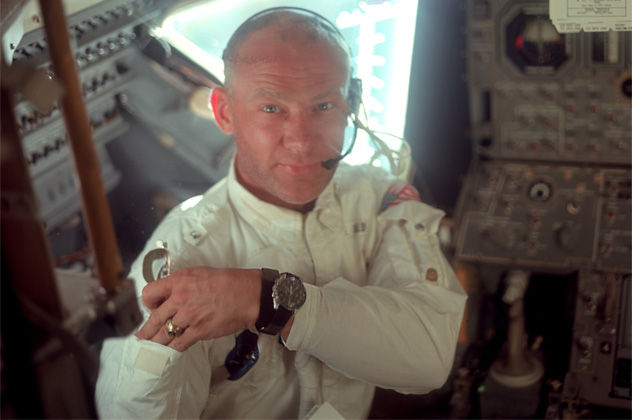
The NASA bosses had warned the astronauts that, since practically the whole world would be listening in, they should not engage in any overtly religious observations during their trips to the Moon. Seeing as how they were supposed to be representing all of humanity, why risk offending people of other faiths? However, Buzz Aldrin felt the occasion was too important to let it slip by without doing something of significance.
So after the landing was complete and they were waiting to take those historic first steps, Aldrin got on the radio and asked everyone who was listening to find a way to reflect on this moment in history and to give thanks however they saw fit. For him, that meant producing a wafer of unleavened bread and a small flask of wine that he had stowed on board. After reciting a passage from the Gospel of John, he ate the wafer and drank the wine, becoming the first, and so far only, person to observe the Christian ritual of Communion on the Moon. Neil Armstrong reportedly watched his partner respectfully, but did not partake.
6 The First Words
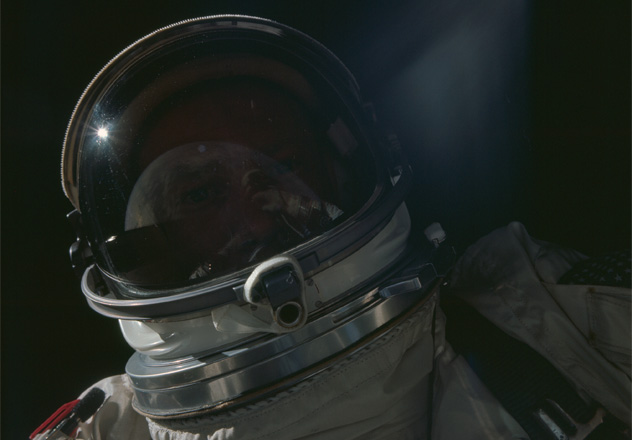
Neil Armstrong’s famous words as he took his first step onto the Moon—“That’s one small step for a man, one giant leap for mankind”—have been the subject of endless debate, with many believing he misspoke by leaving out the “a” before man, making his statement redundant.
That aside, the first words spoken while the spacecraft was actually on the surface of the Moon have traditionally been understood to be the words that Armstrong said shortly after safely landing: “Houston, Tranquility Base here. The Eagle has landed.” However, there was so much technical jargon being relayed back and forth between the two astronauts during the landing that it is very difficult to say exactly what the very first words spoken on the Moon were.
Further complicating matters was the fact that Armstrong’s landing was so soft that neither man could ever be completely sure what was said immediately after they touched down. According to the transcripts, it boils down to three likely candidates. It could have been Aldrin pointing out that the contact light had turned on by saying, “Contact light.” Armstrong then instructed Aldrin to turn off the descent engine by saying, “Shut down.” Aldrin followed by turning off the engine and saying, “Okay. Engine stop.” None of these sound very momentous, which is why it’s probably best to stick with Armstrong’s message to mission control in Houston.
5 The Moon Stinks
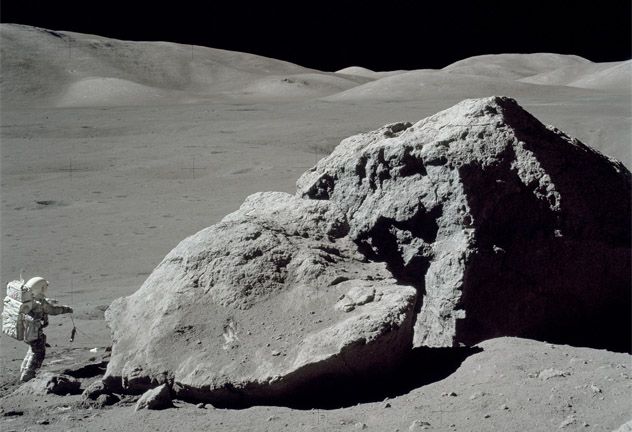
One thing that surprised the astronauts who visited the Moon was its pungent odor. Of course, they didn’t smell it until they were back inside the lunar module and were getting out of their space suits. The very fine powder started getting everywhere, including on the astronauts’ faces and hands. Some of them even tasted the Moon dust. Being four billion years old and coming into contact with oxygen for the first time apparently makes for a pretty distinct smell.
Most of the astronauts likened the smell to spent gunpowder, which they would have been familiar with from their military service. Why does it smell like that? That is still a mystery. Chemically, the Moon and gunpowder are not alike at all, so there are varying theories as to why this is the case. As for the first man to walk on the Moon, Neil Armstrong reported that the Moon smelled like wet ashes in a fireplace. Yuck.
4 Records vs. Prestige
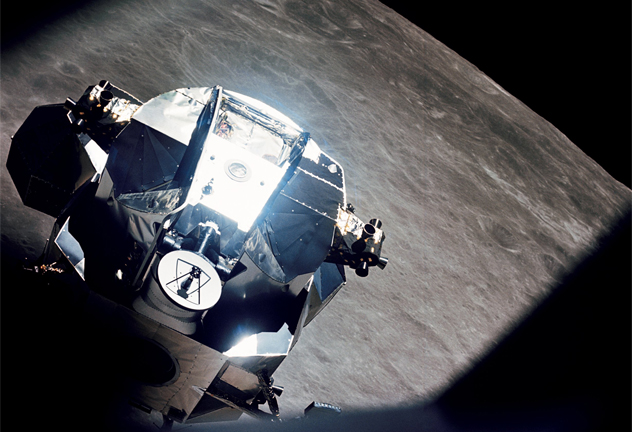
Of course we remember Apollo 11 as the highlight of the Apollo program, and maybe even as the highlight of human exploration. However, the dress rehearsal mission, Apollo 10, set a couple records that have never been broken. First of all, in addition to having the two coolest names for spaceships (Command Module Charlie Brown and Lunar Module Snoopy), the three men who flew that mission are credited as being farther away from home than any human had been or has been since. Eugene Cernan, Thomas Stafford, and John Young were more than 408,950 kilometers (254,000 mi) from Houston when they reached the far side of the Moon.
Because of the timing of their mission, the Moon was at an especially far position from the Earth, and the planet’s rotation had Houston on the opposite side of the Earth. Even though the Apollo 13 crew technically went farther from the Earth’s surface than anyone else, Apollo 10 had actually traveled a greater distance from where it started. After setting that record, the crew set another one when, on their return home, they reached a speed of 39,897 kilometers per hour (24,791 mph), which is still the fastest any human being has ever traveled.
3 Lunar Module Pilots
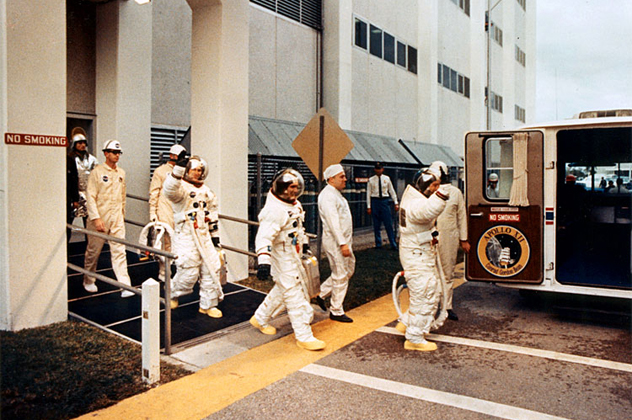
Astronaut Pete Conrad was a man who was known to push the limits. As commander of Apollo 12, the second manned mission to the Moon, he waited until his lunar module was on the dark side of the Moon and outside radio range, then he did the unthinkable: During the trip from the lunar surface back to the command module, he allowed his pilot to actually do some flying. As it turned out, being given the title “lunar module pilot” during the Apollo missions was only that—a title.
The lunar module pilot’s job (among many others) was to make sure the commander had all the information he needed to do the flying. He would only actually fly the module if the commander became unable to fly for some reason, which never happened. So as they drifted into the darkness of the far side of the Moon, Conrad turned to his LM pilot, Alan Bean, and said, “You can take a minute and fly this vehicle.” Surprised but elated, Bean was happy to take the controls for a short while.
2 A Priceless Sculpture
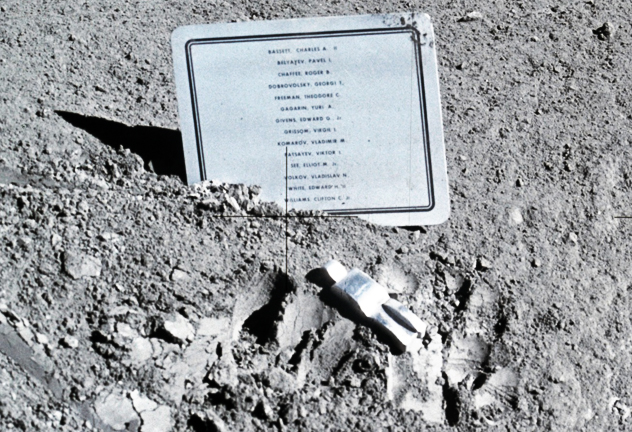
David Scott, commander of Apollo 15, was looking to pay tribute to the many people who had died in the American and Soviet space programs. Before his mission, he asked a Belgian artist named Paul Von Hoeydonck if he would create a small statue that would commemorate all of the astronauts—both American and Russian—who had died in the pursuit of manned space travel. The sculpture was to be human-looking, but could not represent any race, gender, or nationality. Scott also insisted that there would be no commercial gain from this gesture of goodwill, just a lasting memorial for all those astronauts who had perished in the line of duty.
The artist agreed, and on August 1, 1971, the crew of Apollo 15 left the finger-sized statuette on the top of Mons Hadley alongside a plaque bearing the names of the 14 known astronauts who had died (two additional Soviet astronauts had also died at that point, but the USSR did not make their names public until after the mission). A few years later, the artist attempted to make some money by selling signed replicas of the sculpture, but Scott convinced him that it was a violation of their original agreement, so the artist held on to all of the replicas without making any money from them. Maybe someday the small statue will be on display in a lunar museum on the surface of the Moon, but for now it remains the most remote memorial in the Solar System.
1 A Scientist On The Moon
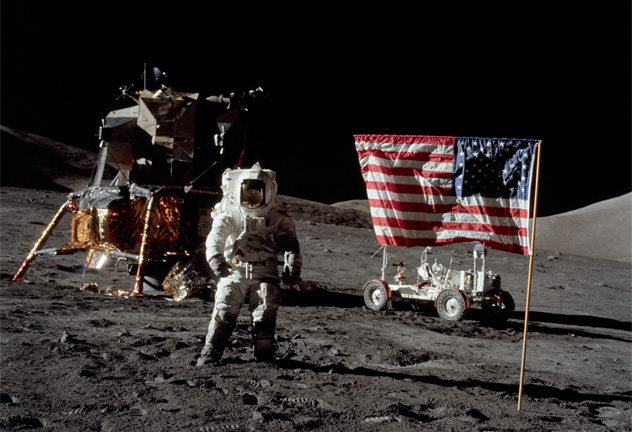
As the Apollo program wound down due to budget cuts, NASA was getting more and more pressure from the scientific community to send a real scientist up there while they still could. Until that point, NASA had sent only their own test pilots who had trained as astronauts. These astronauts had been put through a crash course on geology before their trips to the Moon, but surely this was no substitute for someone who had actually devoted his life to studying rocks.
With that in mind, NASA had already begun bringing on scientists and training them as astronauts, starting with teaching them how to fly jets. None of these guys had much of a chance of being on one of the Moon missions, but as it became clear that Apollo 17 would be the last mission to the Moon and no scientists had been up there, NASA gave in and called upon Harrison Schmitt, a Harvard-educated geologist. He had completed the intense training required to be a fully qualified astronaut and was more than willing to go.
Needless to say, sending a geologist to the Moon was like sending a Civil War historian back in time to witness the Battle of Gettysburg. Schmitt spent three days poking around and digging for rocks on the Moon, and even brought back a couple of quite interesting samples. Other scientists went to space in later programs, but Schmitt remains the only one to walk on the Moon.
Kevin McDonald has written two young adult fiction books, The Fatum Club and Susie San Diego.

